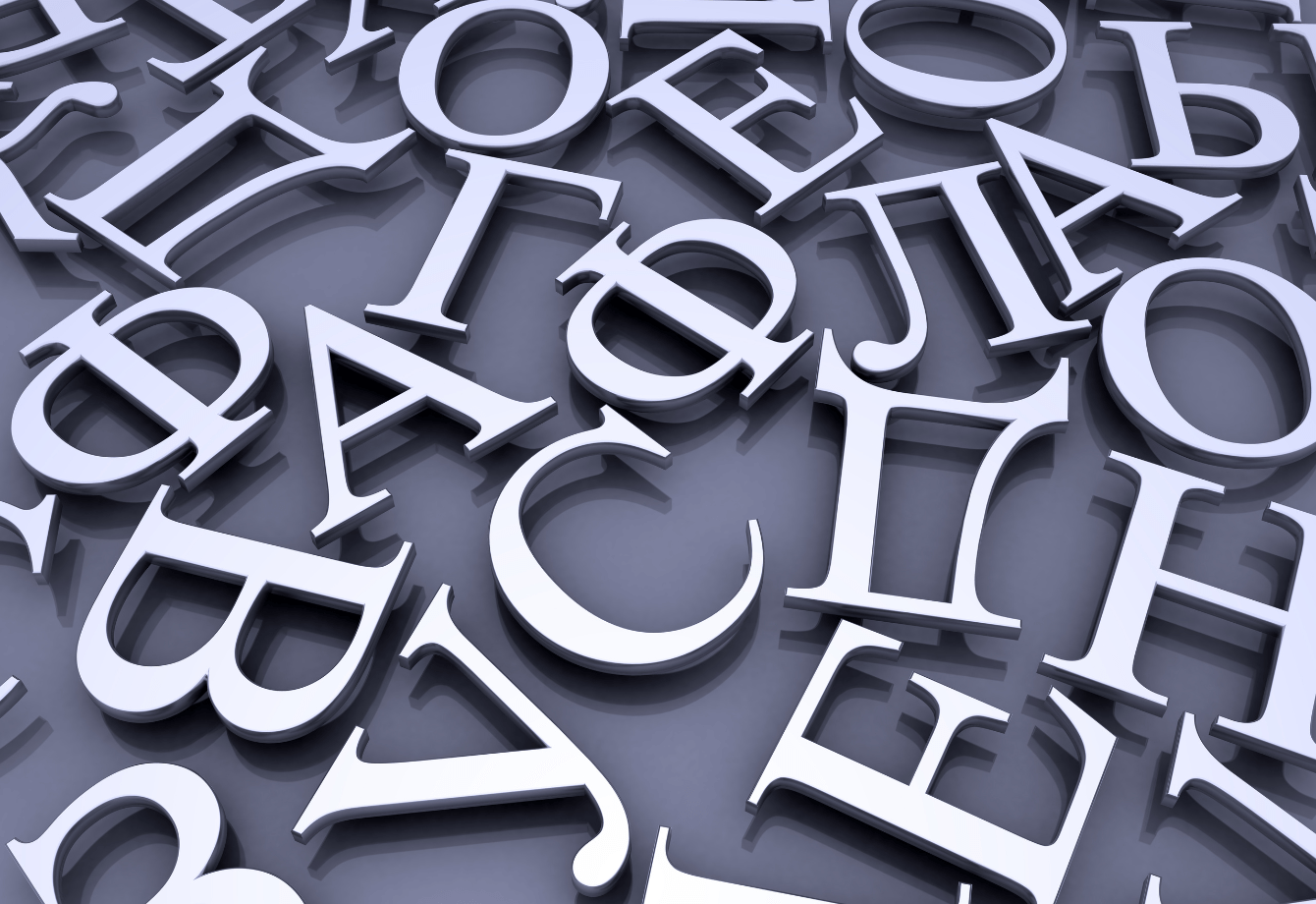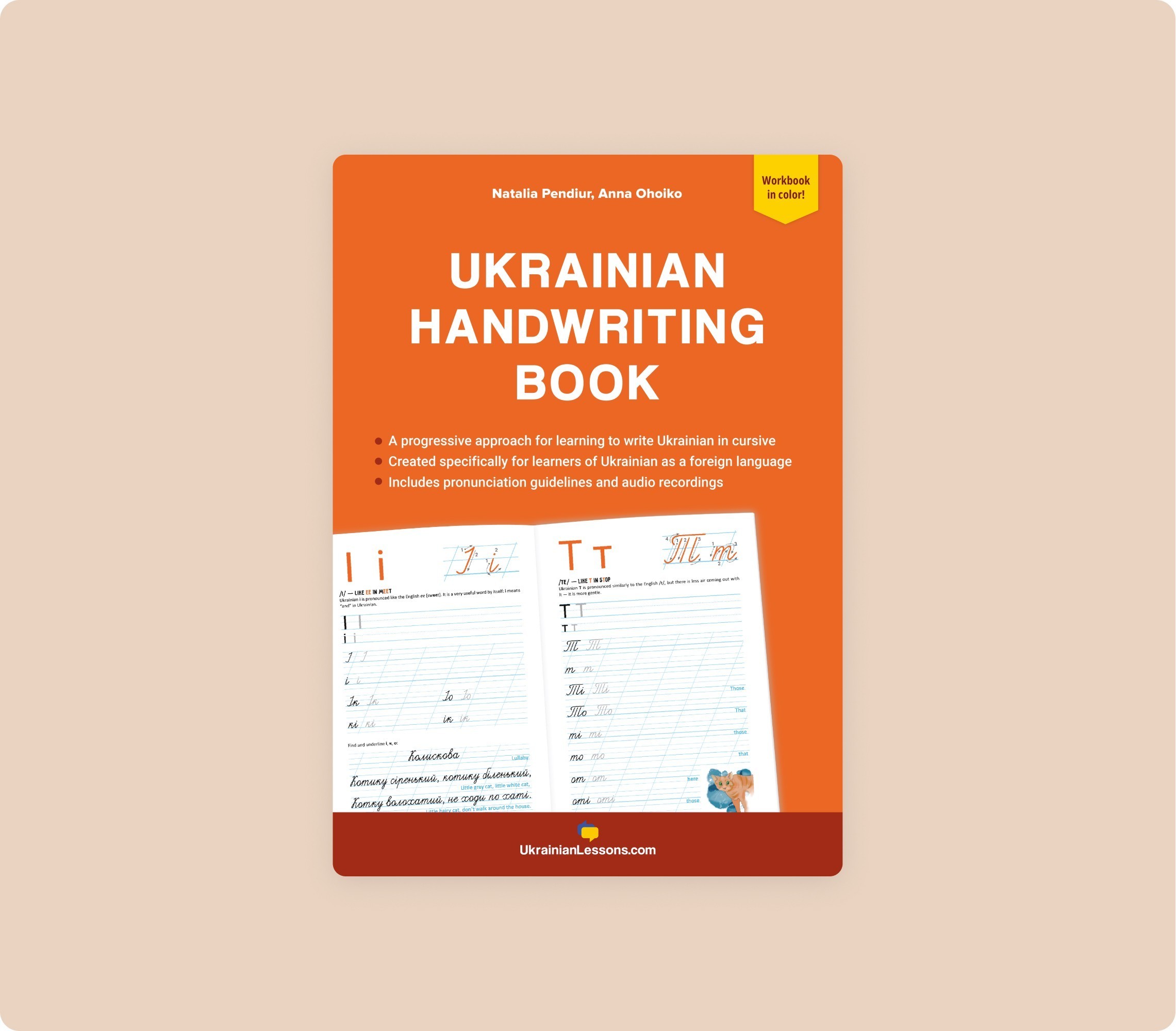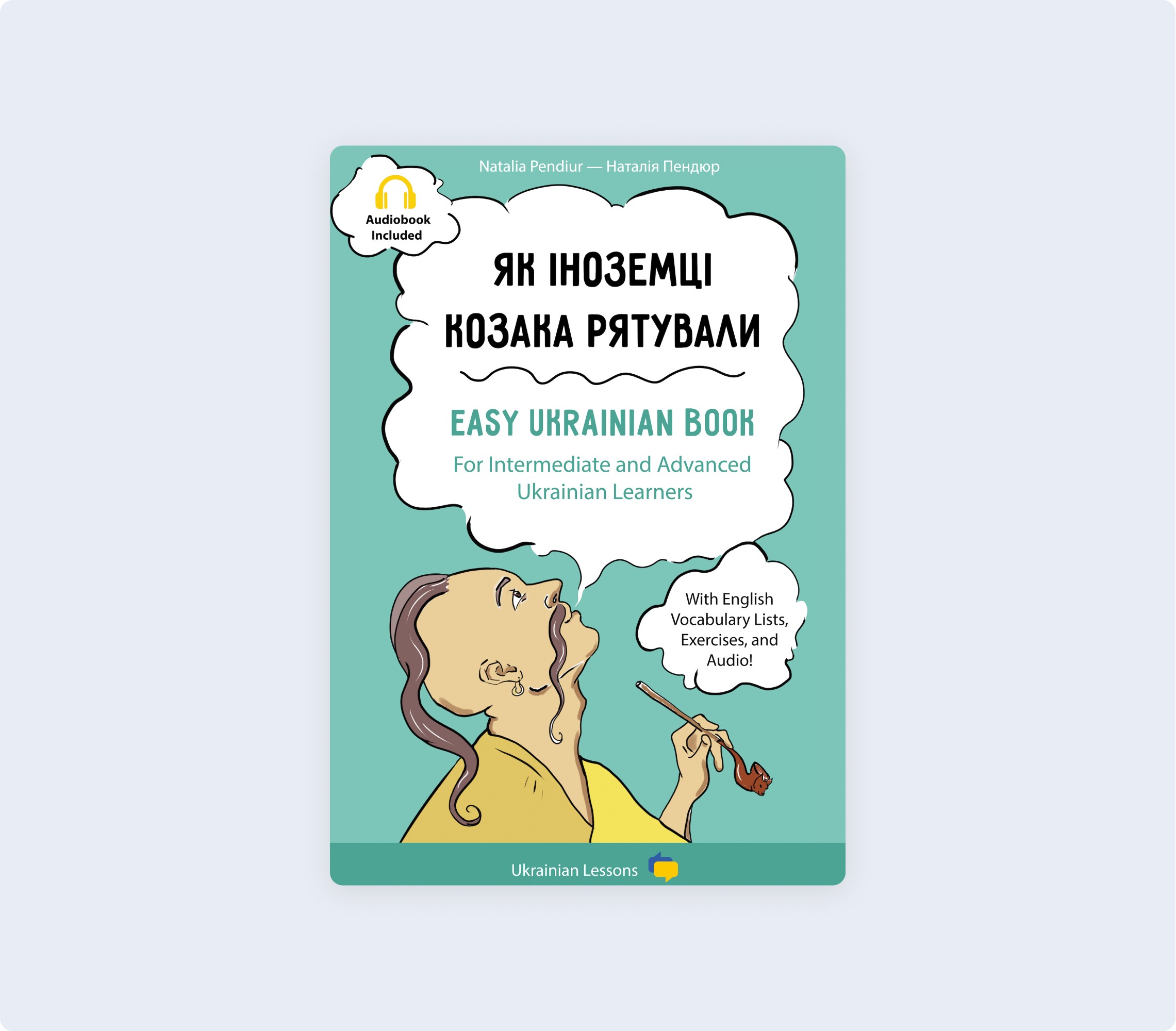Right at the very beginning of learning Ukrainian, you get acquainted with the mysterious and confusing Ukrainian Cyrillic alphabet. Why do Ukrainian letters differ so much from the majority of European alphabets? What’s the history and modern meaning behind the Ukrainian writing system?
Get your questions answered in our comprehensive guide on the Ukrainian Cyrillic alphabet, its roots, and modern significance.
Ukrainian Cyrillic Alphabet Guide for Beginners
Let’s start with the basics! There are 33 letters in the Ukrainian Cyrillic alphabet – some of them look or sound similar to the Latin and Greek alphabets, and some are completely unique.
Take a look at the full list of Ukrainian Cyrillic letters in alphabetical order with letter transliterations and pronunciation tips for English speakers!
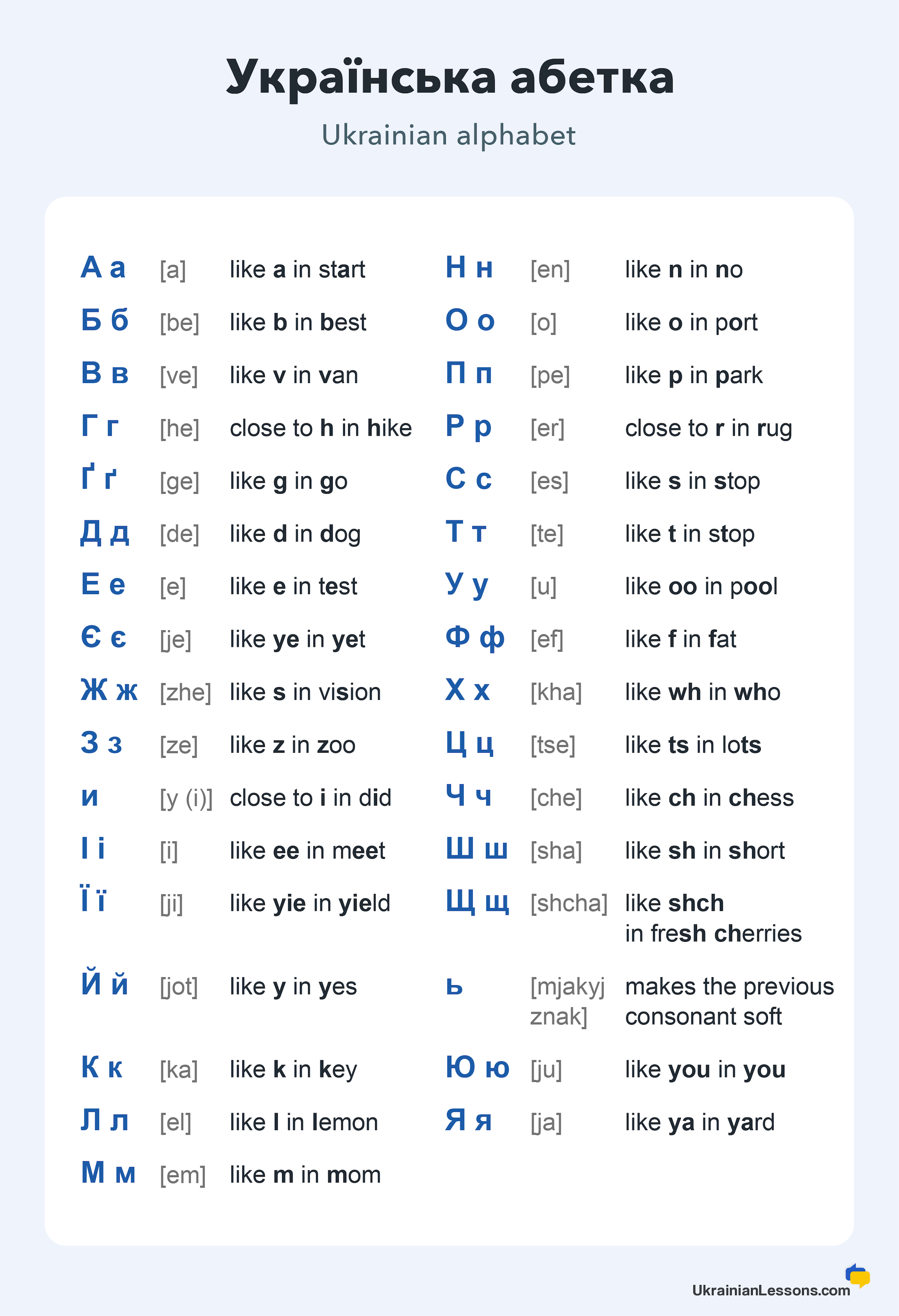
To practice the pronunciation of Ukrainian letters, go to our alphabet guide (with explanations + videos with pronunciation and simple word examples)
In general, you will mostly encounter Ukrainian Cyrillic printed letters; however, note that cursive Ukrainian often looks completely different.
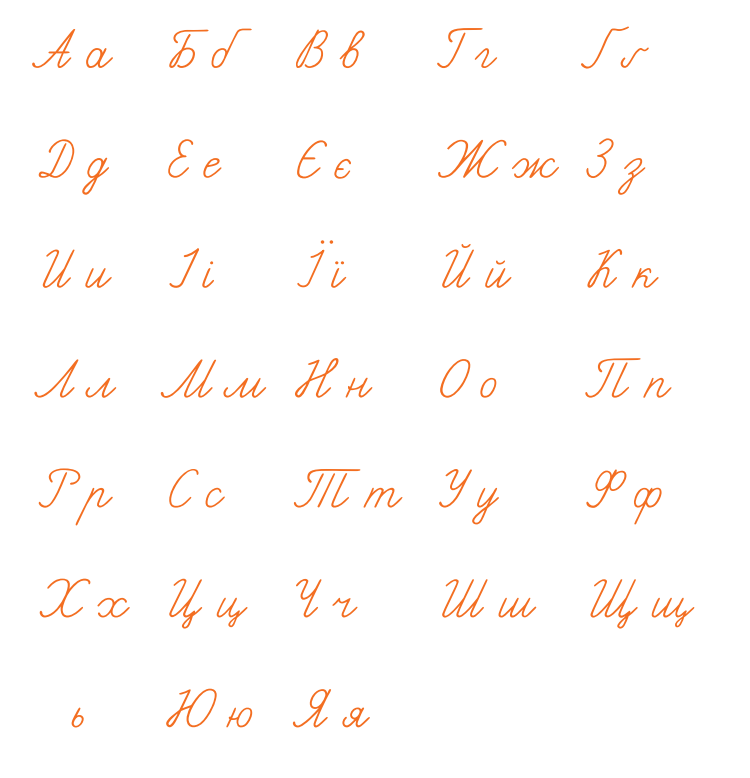
If you have ever considered learning how to write Ukrainian cursive letters, our Handwriting Book, adapted for foreign learners, will be a perfect choice!
As you may have noticed, some Ukrainian Cyrillic letters will be your “true friends” from the very beginning – А /a/, Е /e/, І /i/, О /o/, З /ze/, К /ka/, М /em/, С /es/ and, Т /te/ writing and pronunciation are practically the same with their Latin alphabet equivalents.
Instead, compared with the Latin alphabet, В /ve/, И /y(i)/, Н /en/, П /pe/, Р /er/, У /u/, and Х /kha/ are “false friends” as they sound one way in Latin-based languages but completely different in Ukrainian.
Other Ukrainian Cyrillic letters (Б, Г, Ґ, Д, Є, Ж, Ї, Й, Л, Ф, Ц, Ч, Ш, Щ, Ю, Я) will likely become your “new friends” to which you should pay particular attention.
Making the first steps in Ukrainian but don’t know where to start? Consider learning with our Ukrainian Phrasebook (with transliteration, English translations, and free audio)
Alphabet in Ukraine vs. Other Slavic Countries
Ukrainians and Slavic nations in Central-Eastern Europe share a historical heritage, particularly in linguistic terms.
Modern Slavic languages originated from a common Proto-Slavic language that accumulated many regional dialects. It fell apart in the early Middle Ages after Slavic migrations in the 6th and 7th centuries.
Slowly but surely, powerful kingdoms and principalities transformed out of tribes, siding with either the Catholic or Orthodox church. Religion was a crucial factor as it brought about written scripts and radically influenced the development of literary languages.
Find out about the history of Ukraine (and its neighbors) in simple Ukrainian with our Ukrainian Lessons Podcast audio course!
Thus, some modern West Slavic (Polish, Czech, and Slovak) and South Slavic languages (Slovene, Croatian, and Bosnian) use the Latin alphabet, as Catholicism has dominated in those lands.
However, their national alphabets often have special characters to accommodate their pronunciation needs.
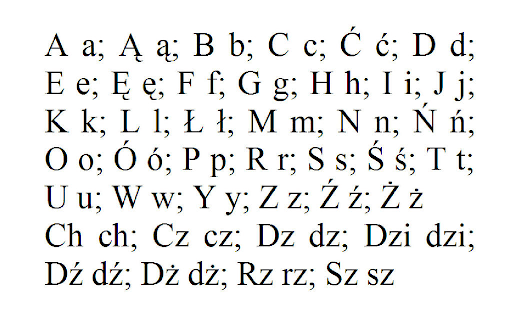
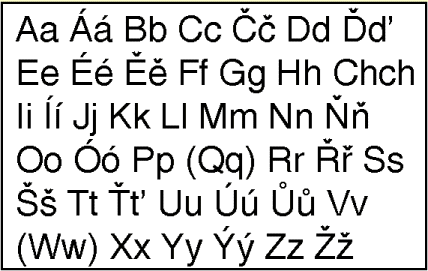
In turn, East (Ukrainian, Russian, and Belarusian) and South Slavic languages (Bulgarian, Macedonian, and Serbian) use Cyrillic letters, as Orthodoxy was adopted there.
Each language with a Cyrillic script often has unique letters that differ their alphabets from others (like Ґ, Ї, Є in Ukrainian, Ё in Russian, etc.).
Ukrainian Cyrillic Alphabet: Historical Evolution
On the territory of Ukraine’s predecessor (historically known as Kyivan Rus), the first mentions of writing systems date back to pagan times (presumably around the 9th century).
In the late 10th century, Ukrainian lands became closely connected with the Byzantine Empire, resulting in the adoption of Eastern Orthodoxy by Prince Volodymyr the Great (c. 988).
Find out more about Kyivan Rus in slow Ukrainian in the first part of our free Ukrainian History Course ― ULP Episode 71!
At first, two scripts were common in medieval Kyivan Rus – глаголиця (Glagolitic) and кирилиця (Cyrillic) – the oldest alphabets of Old Church Slavonic (the literary language, based on Slavic dialects, used primarily by Orthodox church).
Byzantine missionaries Кирило і Мефодій (Cyril and Methodius) are credited for devising the Glagolitic script (c. 863), while Cyril’s followers developed Cyrillic. Both alphabets took inspiration from the Greek alphabet (e.g., Cyrillic adapted 24 Greek letters in a 43-letter alphabet).
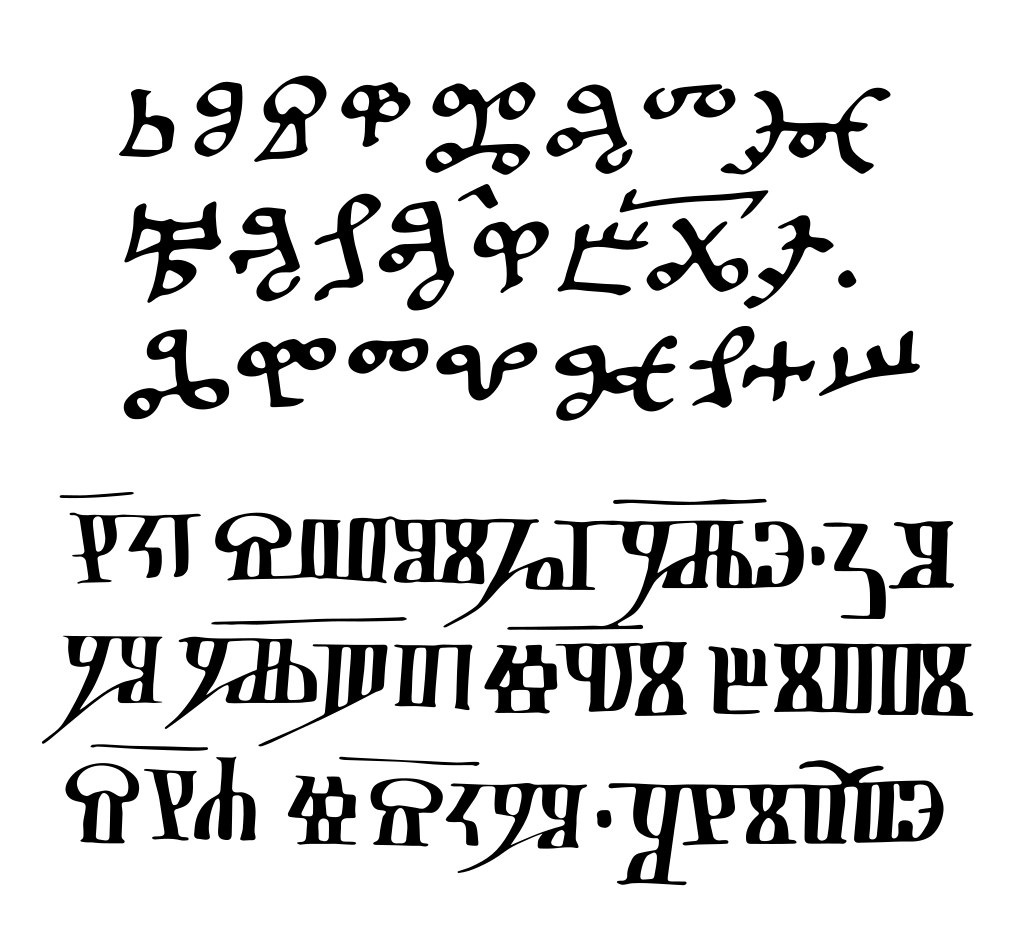
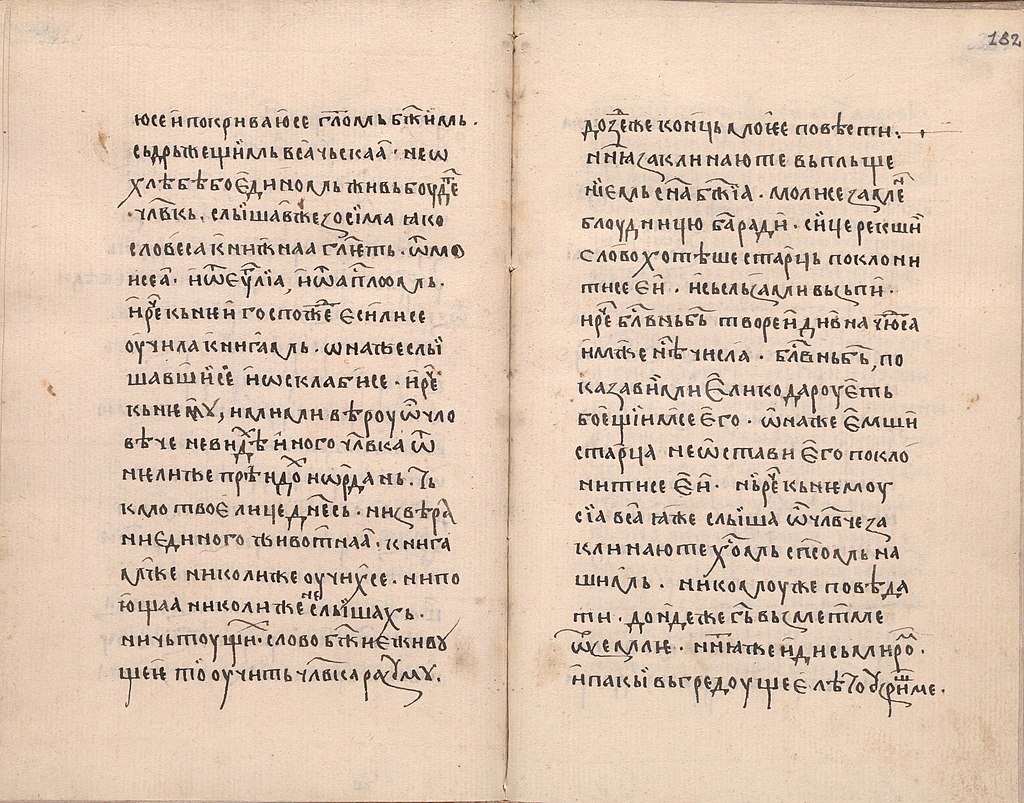
Glagolitic and Cyrillic letters had similar names and alphabetical order but differed significantly in writing – eloquent in Glagolitic and simpler-style in Cyrillic. The Glagolitic script slowly became obsolete with the last mentions in Croatia in the 19th century, while Cyrillic has become the dominant alphabet among Orthodox Slavs.
In Kyivan Rus, the Cyrillic replaced Glagolitic in the 11th-12th centuries. Later on, it gradually transformed into different writing forms – устав /ustav/, напівустав /napivustav/, скоропис /skoropys/, etc.
As the Tsardom of Muscovy slowly gained dominance over part of modern Ukraine, Peter I introduced the so-called “civil script” (гражданский шрифт) that was imposed in Ukraine, disregarding specific features of vernacular Ukrainian. This unification also aimed at forceful language and cultural integration of Ukrainian lands.
Despite limitations, Ukrainian literature developed in its own unique way, developing phonemic orthography in the 19th and 20th-century literary works. With transformations, it later became a norm in the modern standardized Ukrainian alphabet and spelling rules.
Ukrainian Identity & Resistance Through the Alphabet
History
After the decline of Kyivan Rus, the Ukrainian lands were dominated by several countries in different historical periods (i.e., Polish-Lithuanian Commonwealth, Russian and Austro-Hungarian Empires, Soviet Union, and others).
Under their rule, the Ukrainian language and culture were regularly exposed to limitations and oppression, often aimed at forceful integration of Ukrainians. Despite these existential challenges, Ukrainians have expressed their national identity for centuries through literature and art.
Ivan Kotliarevskyi’s Енеїда /Eneida/, the 18th-century witty adaption of Virgil’s original, was the first cornerstone of modern Ukrainian literature, written in vernacular Ukrainian. This book brought about Ukraine’s cultural renaissance, followed by generations of talented Ukrainian writers who wrote in a similar fashion.
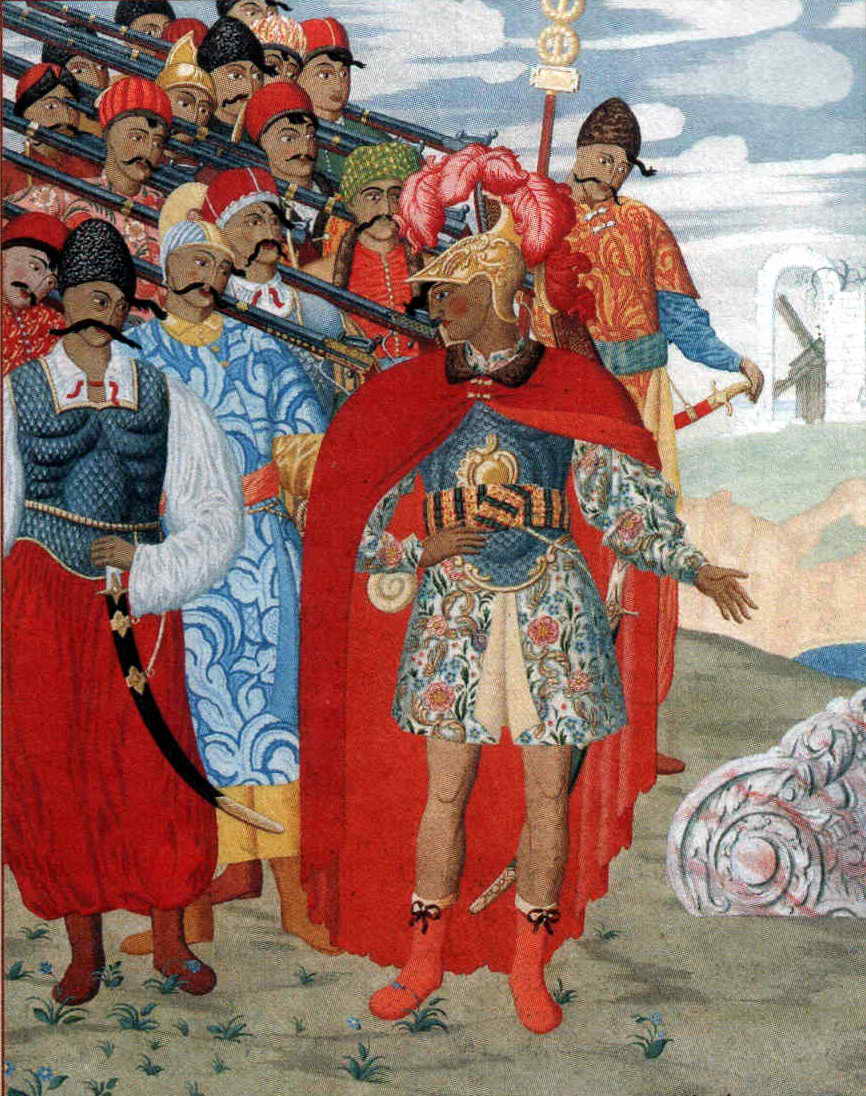
This phenomenon gradually distinguished the Ukrainian alphabet and language norms from the rest of Cyrillic-based scripts.
Russian rule had always imposed the harshest limitations against Ukrainian identity – laws forbidding the use of Ukrainian and repressions against intelligentsia were a common practice. The Russian Empire and Soviet Union standardized the alphabet, abandoning Ukrainian language traditions.
Despite this, the Ukrainian language thrived through written heritage – thousands of works that prove the invincibility of the Ukrainian identity.
Learn more about Ukraine in the 19th century in the Ukrainian Lessons Podcast’s Episode 74!
Modern Context
In independent Ukraine, people can finally speak Ukrainian freely. In modern language rules, authentic orthography gradually displaces Russified spelling, reflecting the Ukrainian language better.
Some enterprises and cultural initiatives use Ukrainian letters to express Ukrainian identity. The bookstore network Книгарня Є and the journal Часопис Ї are perfect examples of such integration, as they used unique Ukrainian Cyrillic letters – Є /ye/ and Ї /yi/ – in their brand names.
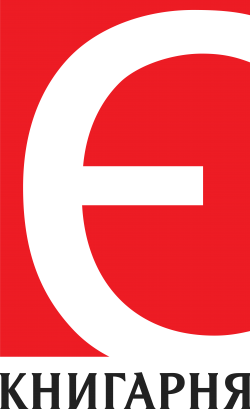
Ukrainian poet and publisher Іван Малкович (Ivan Malkovych) published a touching verse on the importance of preserving крихітну свічечку букви Ї (a small candle of the letter Ї) and місячний серпик букви Є (a moon sickle of the letter Є).

Translation: “Stay calm and save a small candle of the letter Ї”
Since 2014, Russia’s aggression against Ukraine has proved that the existential danger for Ukraine is not over and that the language should be more protected.
Russia’s full-scale invasion brought about countless tragedies and misery for Ukrainians. However, it was also a reason for unity and a surge in the popularity of the Ukrainian language – Слава Україні /Slava Ukraini/ and Героям Слава /Heroiam Slava/ (translation: Glory to Ukraine and Glory to Heroes) are now well-known phrases abroad.
Ukrainian Alphabet’s Future: Cyrillic vs. Latin
From time to time, Ukrainians initiate debates on whether to transform the Ukrainian alphabet from Cyrillic to Latin. This idea has been popular among a minority of politicians and public figures who actively promote it as a way to distance Ukraine from Russia.
The concept of Latinizing the Cyrillic alphabet is not new – in the 19th century, Romanians changed their script from Cyrillic to Latin. However, similar efforts in Ukraine were unsuccessful – the Austro-Hungarian empire tried to impose Latinization in Galicia but stumbled upon radical disagreement among Ukrainians (known as Азбучна війна – the Alphabet War).
Today, the Ukrainian Latin alphabet is used for transliteration of surnames, academic references, and street names for easier comprehension for foreigners. There is a governmental standard for Latinized Ukrainian, which you can try using the website Slovnyk.ua.
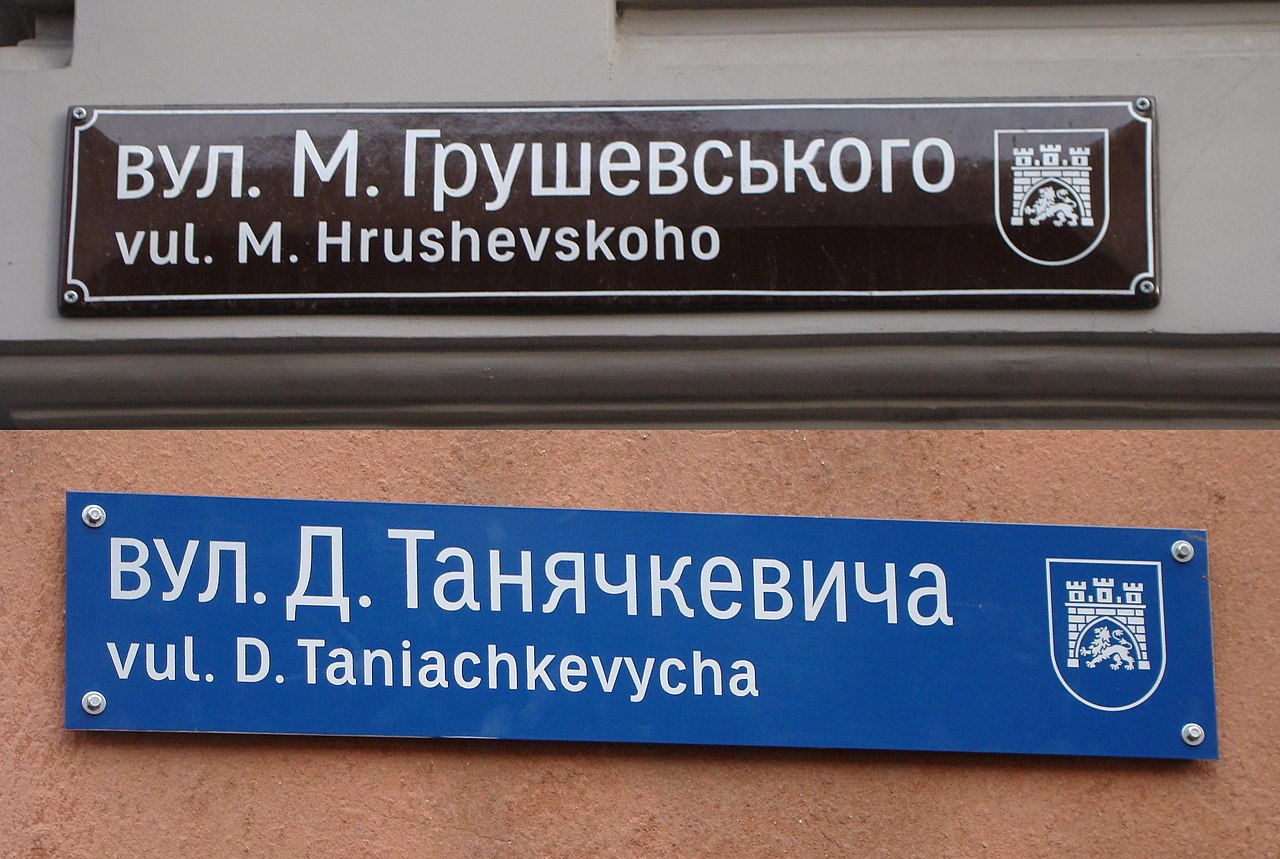
How to transliterate Ukrainian letters properly into Latin? Check out our simple table with transliteration rules to ease your learning!
The Latin alphabet proves useful for some purposes; however, a total switch from Cyrillic to Latin seems improbable any time soon due to language-specific features and many centuries of Cyrillic alphabet domination.
***
Now you know why the Ukrainian Cyrillic alphabet has become an important part of Ukrainian history and modernity.
Check out our signature podcast series to learn more about the Ukrainian language and culture!
Looking for more resources to improve your Ukrainian vocabulary? Check our 1000 most common words in Ukrainian with interactive flashcards. Also, you can learn Ukrainian step by step with our free Ukrainian Lessons Podcast.
